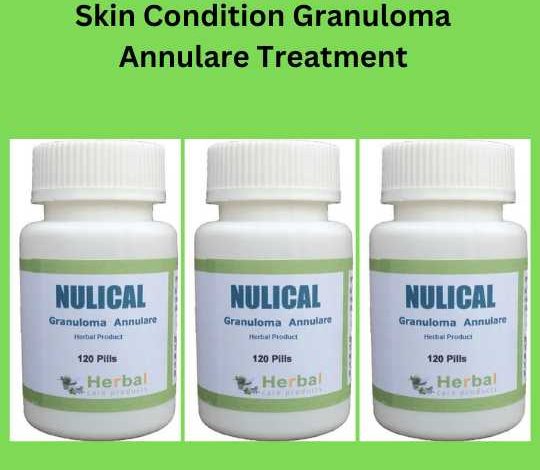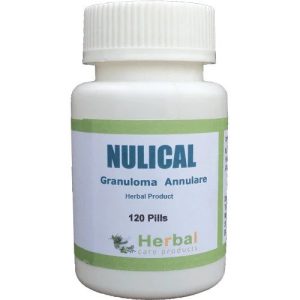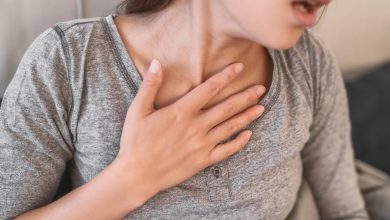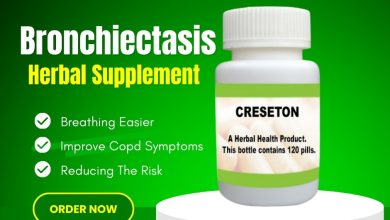Skin Condition Granuloma Annulare Treatment

Introduction
Granuloma annulare is a common skin condition that affects both children and adults. It is characterized by raised, ring-shaped bumps or lesions that can appear on various parts of the body, including the hands, feet, elbows, and knees. While granuloma annulare is generally harmless and self-limiting, it can be bothersome and aesthetically unpleasant for some individuals. In this article, we will explore the different treatment options available for granuloma annulare and provide lifestyle tips for managing this condition effectively.
What is Granuloma Annulare?
Granuloma annulare is a chronic inflammatory skin condition that presents as small, firm bumps or papules arranged in a circular or ring-like pattern. The exact cause of granuloma annulare is unknown, but it is believed to be associated with an abnormal immune response. The condition is not contagious and does not pose any serious health risks. Herbal Remedies for Granuloma Annulare are the best way to cure the disease
Types of Granuloma Annulare
There are two main types of granuloma annulare: localized and generalized.
Natural Remedies for Granuloma Annulare is the most common form and typically affects children and young adults. It usually appears as one or a few circular or semicircular lesions on the hands, fingers, wrists, or feet. The lesions are usually asymptomatic and may resolve spontaneously within a few months to a couple of years.
Generalized granuloma annulare is less common but tends to affect adults. It involves the appearance of multiple lesions in various areas of the body, such as the trunk, arms, and legs. Generalized granuloma annulare may be more persistent and may require more aggressive treatment approaches.
Causes of Granuloma Annulare
The exact cause of granuloma annulare remains unknown, but several factors may contribute to its development. These include:
- Abnormal immune response: Granuloma annulare treatment is thought to be an immune-mediated disorder, wherein the immune system mistakenly targets the skin cells, leading to the formation of granulomas.
- Genetic predisposition: Some individuals may have a genetic predisposition to developing granuloma annulare, as it is occasionally seen in families.
- Triggering factors: Certain factors, such as insect bites, trauma to the skin, sun exposure, or infections, may trigger the onset or exacerbation of granuloma annulare in susceptible individuals.
Symptoms of Granuloma Annulare
Granuloma annulare treatment is characterized by the appearance of small, firm bumps or lesions on the skin. These lesions are typically smooth, raised, and have a reddish or skin-colored hue. They often form a circular or ring-like pattern, with a clear or slightly elevated center and a more prominent outer edge.
In most cases, granuloma annulare is asymptomatic and does not cause any discomfort. However, some individuals may experience mild itchiness or tenderness in the affected areas.
Diagnosis of Granuloma Annulare
To diagnose granuloma annulare, a dermatologist will typically perform a physical examination of the skin and review the individual’s medical history. In some cases, a skin biopsy may be necessary to confirm the diagnosis and rule out other skin conditions with similar features.
Treatment Options for Granuloma Annulare
The treatment approach for granuloma annulare depends on the type and severity of the condition. In many cases, granuloma annulare resolves on its own without requiring any specific treatment. However, if the lesions are persistent, bothersome, or affecting the individual’s quality of life, various treatment options are available:
- Topical Treatments: Corticosteroid creams or ointments may be prescribed to reduce inflammation and promote the healing of granuloma annulare lesions. These topical treatments are usually applied directly to the affected areas and can help alleviate symptoms.
- Intralesional Corticosteroid Injections: In some cases, corticosteroids may be injected directly into the lesions. This treatment approach is particularly useful for localized granuloma annulare or when lesions are resistant to topical treatments.
- Systemic Therapy: If the granuloma annulare lesions are widespread or resistant to other treatment options, systemic therapies may be considered. Medications such as oral corticosteroids, antimalarials, or immunosuppressants may be prescribed to help control inflammation and suppress the abnormal immune response.
- Phototherapy: Light-based therapies, such as narrowband ultraviolet B (NB-UVB) phototherapy, may be beneficial for individuals with generalized granuloma annulare. To get rid of this condition use Home Remedy for Granuloma Annulare Phototherapy involves exposing the skin to specific wavelengths of light to reduce inflammation and promote healing.
It’s important to consult with a dermatologist to determine the most appropriate treatment approach for individual cases of granuloma annulare. granuloma annulare treatment are very essential in this condition.
Natural Remedies for Granuloma Annulare
In addition to medical treatments, some natural remedies may help alleviate the symptoms of granuloma annulare. While these remedies may not cure the condition, they can provide relief and support overall skin health. Here are a few natural remedies that may be beneficial:
- Aloe Vera: Aloe vera gel, known for its soothing properties, can be applied topically to the affected areas to help reduce inflammation and promote healing.
- Apple Cider Vinegar: Diluted apple cider vinegar can be applied to the lesions using a cotton ball to help relieve itchiness and inflammation.
- Turmeric: Curcumin, the active compound in turmeric, has anti-inflammatory properties. Mixing turmeric powder with water or coconut oil to create a paste and applying it to the lesions may help reduce inflammation.
- Oatmeal Baths: Soaking in a warm bath with colloidal oatmeal can provide relief from itchiness and soothe the skin affected by granuloma annulare.
While natural remedies can be a complementary approach to medical treatments, it’s important to consult with a healthcare professional before using them, especially if you have any allergies or underlying medical conditions.
Lifestyle Tips for Managing Granuloma Annulare
In addition to medical treatments and natural remedies, certain lifestyle tips can help manage granuloma annulare and minimize its impact on daily life. Consider the following suggestions:
- Maintain a Healthy Skincare Routine: Cleanse the affected areas gently with mild, fragrance-free cleansers and moisturize regularly to keep the skin hydrated.
- Protect Your Skin from the Sun: Apply broad-spectrum sunscreen with a high SPF to the exposed areas of your skin before going outdoors. Wearing protective clothing, such as long sleeves and hats, can also help minimize sun exposure.
- Manage Stress: Stress can potentially trigger or exacerbate skin conditions like granuloma annulare. Engaging in stress-reducing activities, such as exercise, meditation, or hobbies, can contribute to overall well-being.
- Avoid Trauma to the Skin: Protect the skin from injuries or excessive friction that may worsen the condition. Be cautious when engaging in activities that may put pressure or strain on the affected areas.
- Maintain a Balanced Diet: While there is no specific diet for granuloma annulare, consuming a balanced diet rich in fruits, vegetables, lean proteins, and healthy fats can support overall skin health.
Remember, these lifestyle tips should be used in conjunction with medical treatments and under the guidance of a healthcare professional.
Conclusion
Granuloma annulare is a common skin condition characterized by circular or ring-like lesions on the skin. While it may resolve on its own, some cases require treatment to alleviate symptoms and promote healing. Topical treatments, intralesional corticosteroid injections, systemic therapy, and phototherapy are some of the options available. Buy Best Herbal Supplements Products and Natural Remedies. Natural remedies can provide additional relief, and certain lifestyle tips can help manage the condition effectively. Consulting with a dermatologist is crucial for an accurate diagnosis and personalized treatment plan. By using granuloma annulare treatment you will get rid of this condition.





